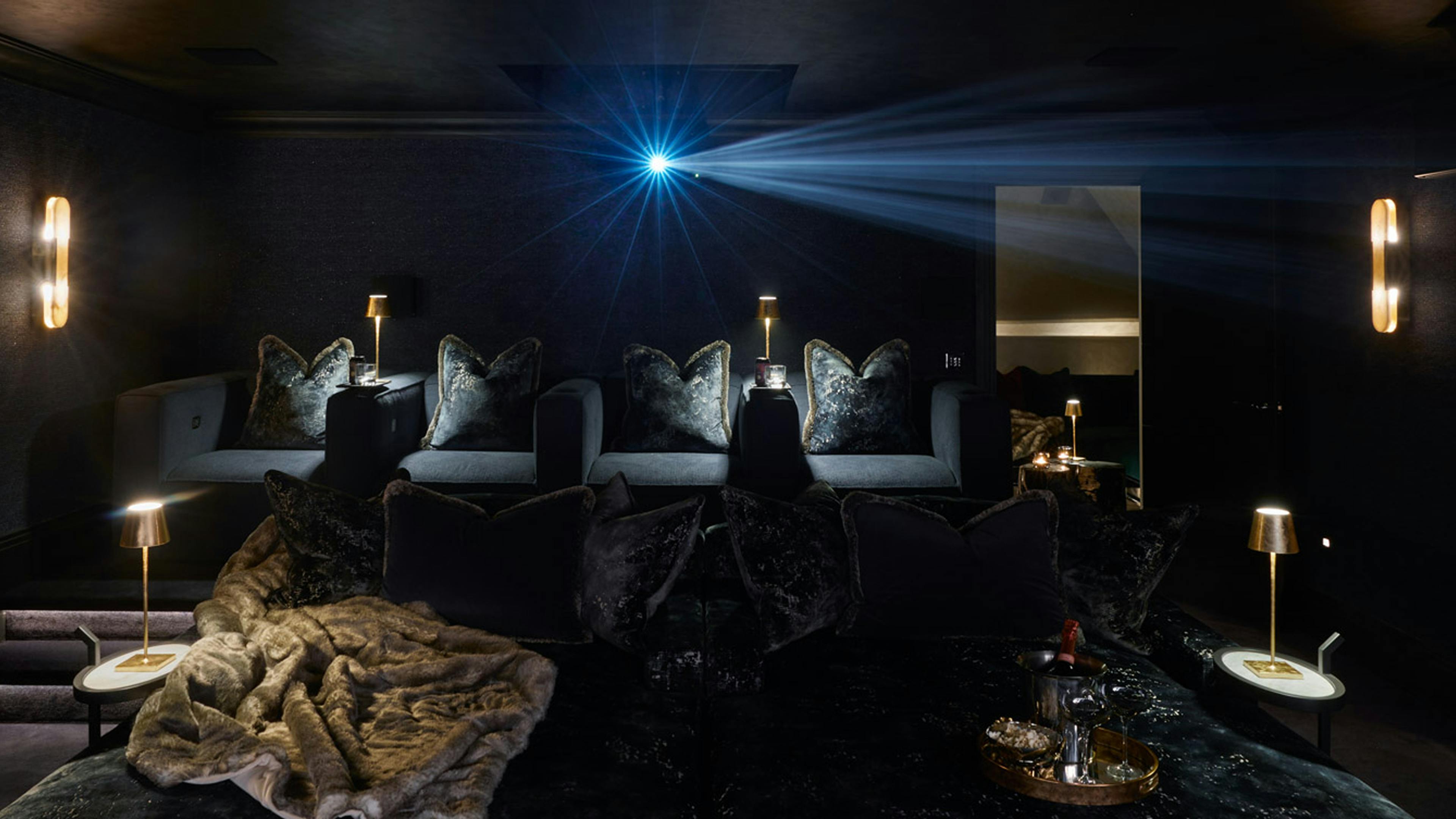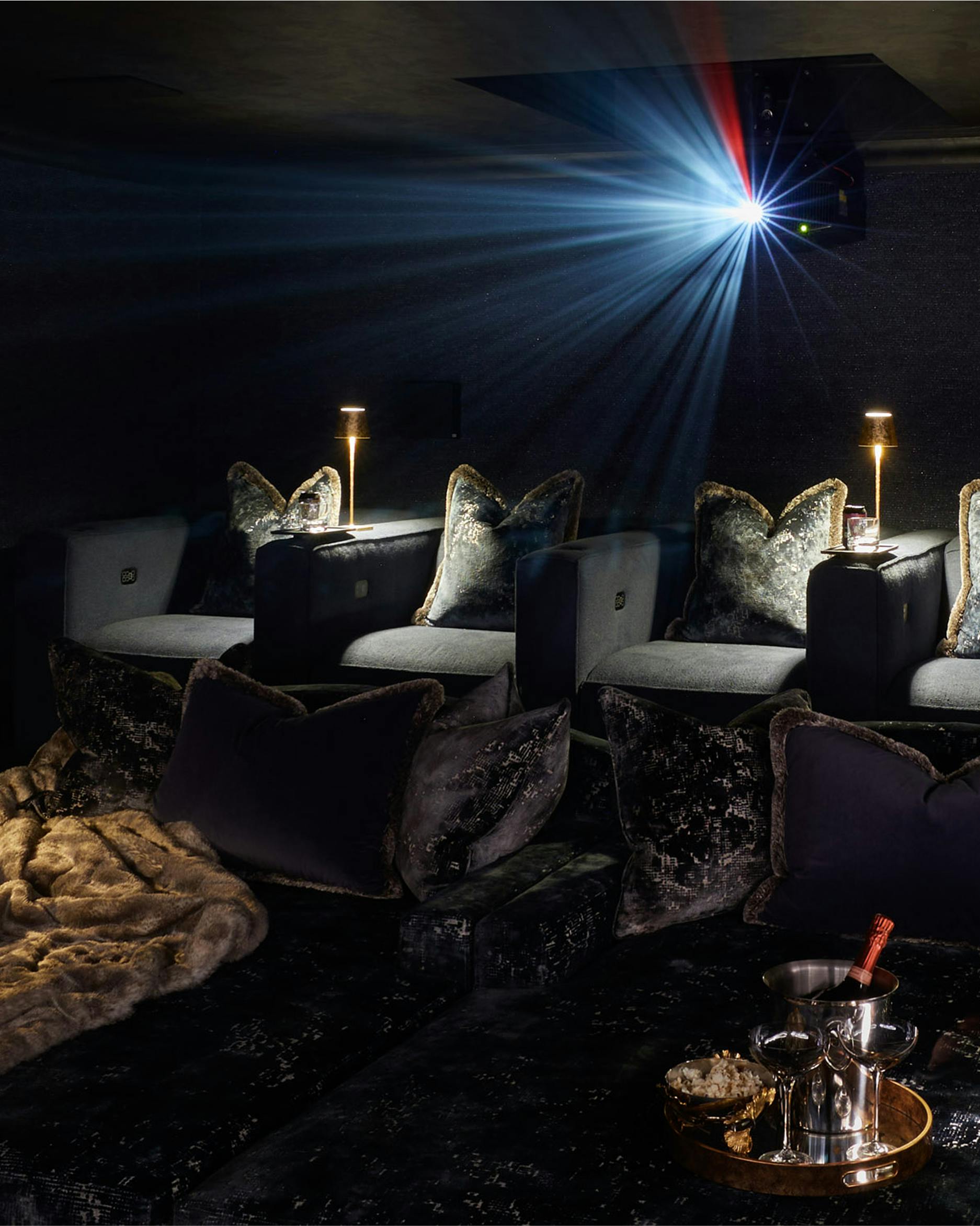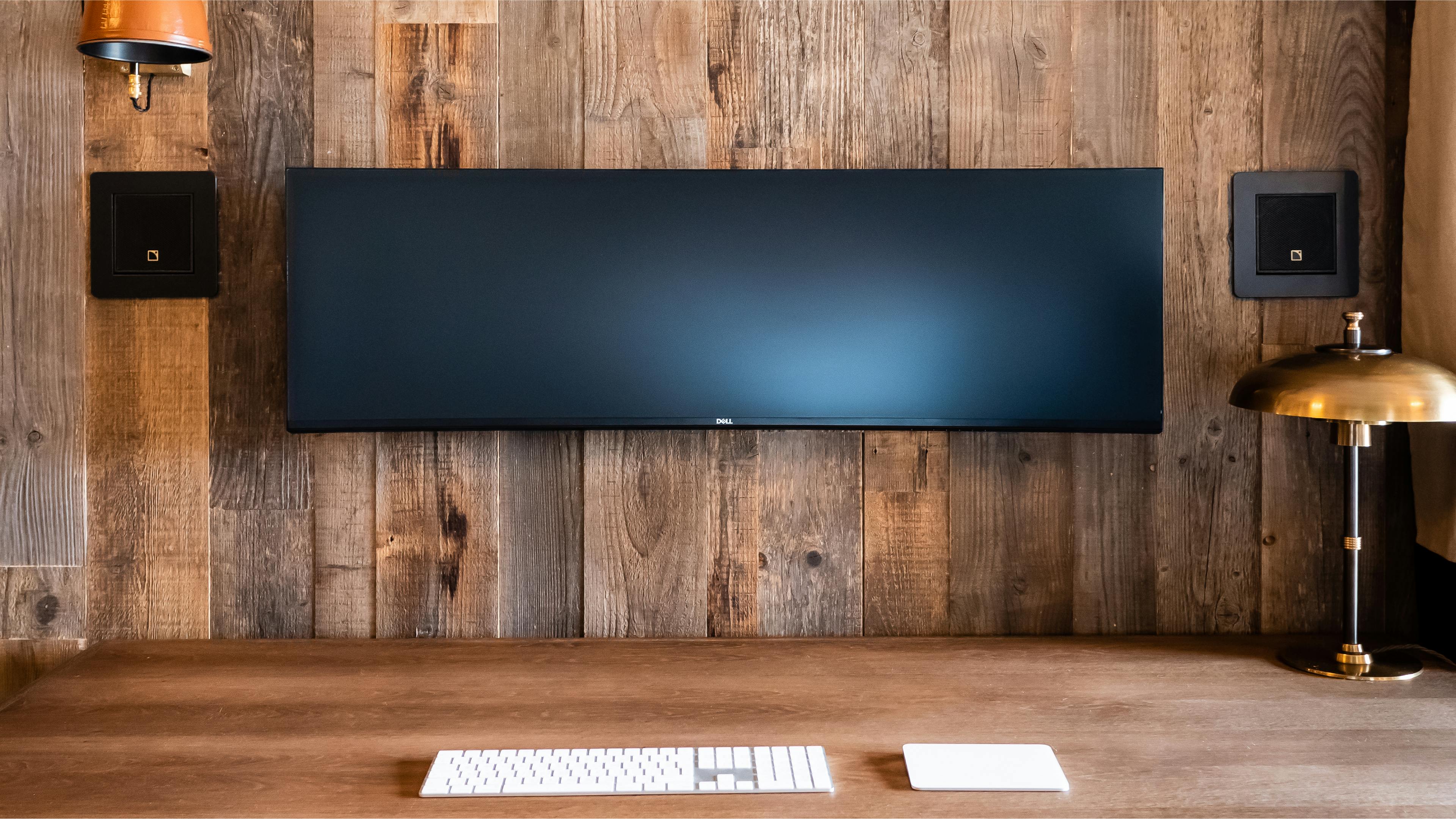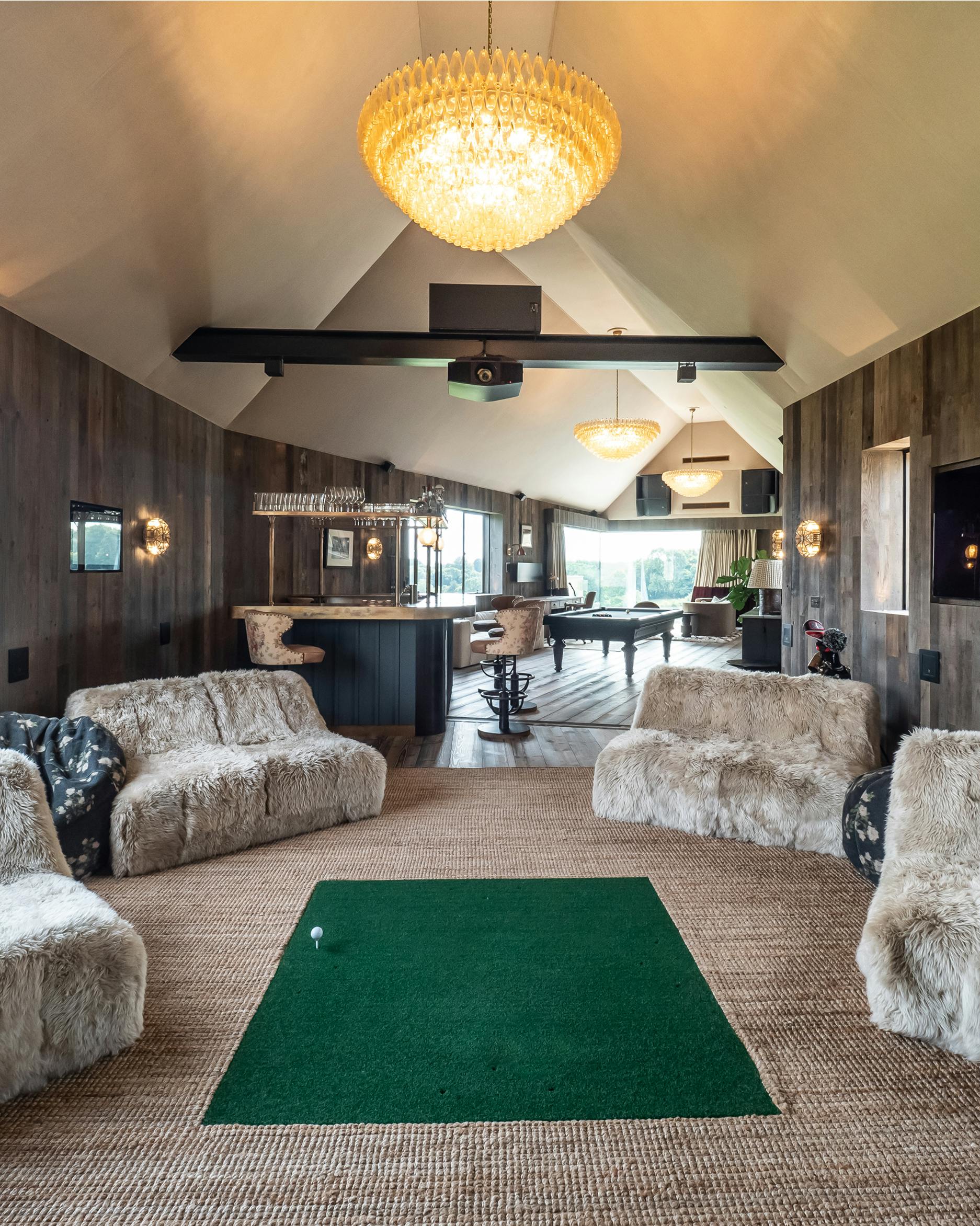Home Cinema vs Media Room — What is the difference?

The language home integrators using can be baffling, and while at Homeplay we attempt not to use too much jargon, we can often be guilty of overcomplicating things. Call it our enthusiasm, or our in-depth knowledge of the systems we design and install - we often make it a bit tricky for a home owner or interior designer to understand, so here’s our attempt at answering the question, what’s the difference between a Media Room and a Home Cinema.

Home Cinema
The Home Technology Association (HTA) defines a home cinema as a space optimised for a theatrical experience, offering a controlled environment for top-tier entertainment.
Control
To achieve this, you need control over ambient light. Many home cinemas have no windows or use blackout shades to eliminate outside light, improving onscreen images.
With complete control of the environment, larger screens and projectors perform well, and homeowners are more willing to dedicate wall space to a screen in a single-use room.
Sound
Home cinemas are acoustically treated to enhance sound quality and prevent noise leakage. Special construction techniques create a "room within a room" for optimal sound. Hidden or prominent speakers can be positioned without disrupting the room’s function, unlike in multi-use spaces. This ensures a truly immersive audio experience.
Seating
Cinema seats are designed for comfort during long viewing sessions, often placed on risers for ideal sightlines. Equipment is either displayed or housed in a separate room.
Home cinemas are typically built in enclosed spaces like basements, garages, or spare rooms — or included in the original home design. The result is a dedicated space delivering an exceptional entertainment experience.


Media Room
A media room isn’t always optimised for top-tier audio-visual performance, though it can be to some extent. Ambient light is less of a concern here, so windows are common. While projection systems are less frequent, modern screens and automated shades can improve performance in brighter spaces.
Screens
Motorised projection screens that retract when not in use are popular, but flat-panel TVs remain the standard. Designers can cleverly hide TVs using motorised art, mirrors, lifts, or digital art displays.
Sound
Media rooms typically lack dedicated sound treatments, though decorative acoustic panels are an option. Audio systems are often smaller setups like bookshelf speakers, wireless systems, or soundbars that simulate surround sound.
Seating
Instead of fixed cinema seating, media rooms favour relaxed arrangements suited for socialising, family time, or watching sports.
Because media rooms are versatile, they fit well in living areas, great rooms, or open-plan spaces.
Contact us to discuss how we can design a media room or home cinema tailored to your needs.